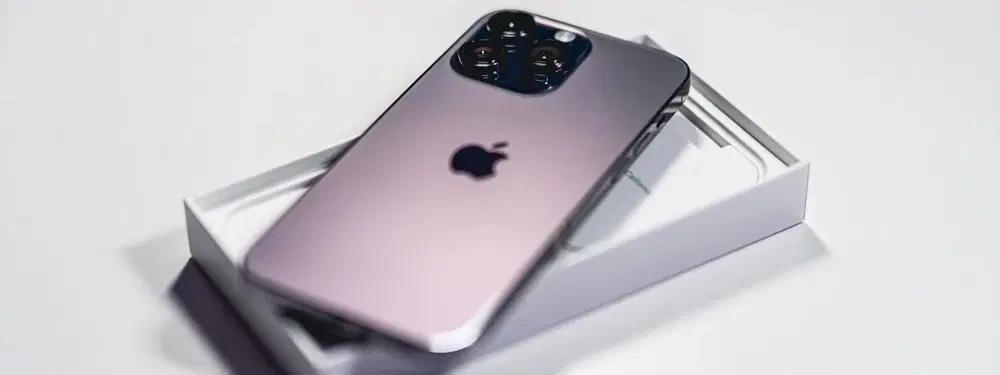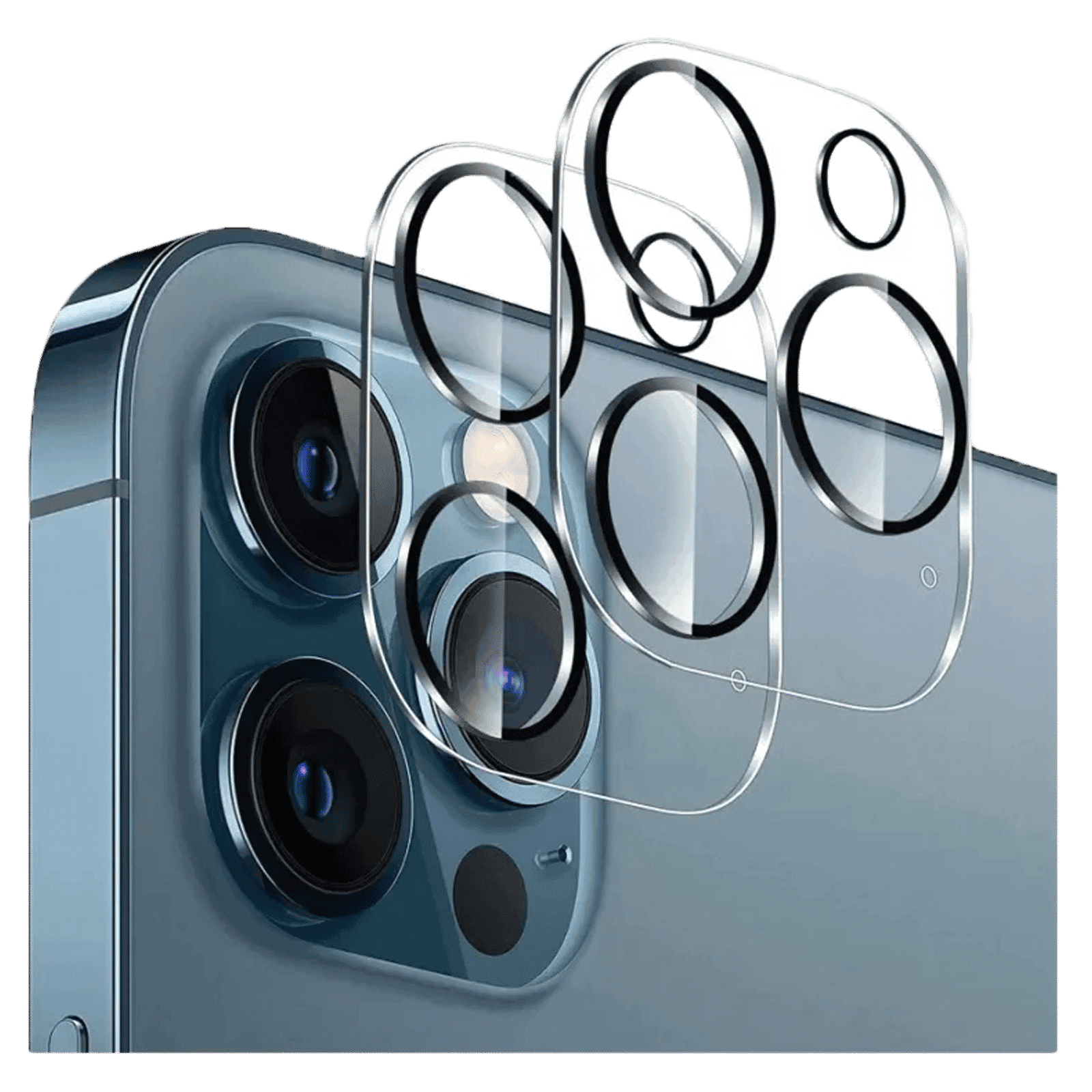
Consumer Electronics
•05 min read

Buy Quix Lens Protector For Apple iPhone 13 Pro/13 Pro Max (Scratch Resistant, QLPAS0009SR, Clear) online at best prices from Croma. Check product details, reviews & more. Shop now!
The evolution of smartphone cameras is driven by a combination of cutting-edge hardware and intelligent software. Today’s cameras are more than just tools for capturing moments; they are creative partners that bring everyday scenes to life. In this article, we compare both the technical specifications and real-world performance of Google Pixel and iPhone cameras to uncover which one stands out for various photography scenarios.
At the heart of every great photograph is a blend of hardware prowess and smart engineering. The latest iterations of Google Pixel and iPhone come equipped with impressive specifications. When discussing megapixels, lens variety, aperture sizes and sensor technology, both devices demonstrate remarkable advancements that directly impact photo quality. The Google Pixel, for example, leverages advanced sensor capabilities alongside sophisticated software processing. Similarly, the iPhone integrates high-quality lenses and sensors, ensuring that every shot is crisp and detailed.
Beyond specs, the software that powers these cameras is paramount. The Google Pixel is known for its AI-driven photography tools that simplify the shooting process for casual and professional users alike. In contrast, the iPhone employs advanced computational photography techniques that handle lighting and dynamic ranges with impressive finesse. These features enhance usability, making it easier to capture everything from spontaneous portraits to carefully composed landscapes.
Portrait mode is critical for those who love taking selfies and artistic shots. Here, the Google Pixel shines through its ability to accurately detect edges and create natural bokeh effects. With the iPhone, users can expect precise subject segmentation and well-balanced depth-of-field, ensuring that each portrait is both flattering and professional. The way each device processes depth and lighting contributes significantly to overall image appeal.
Night mode capabilities are a must for capturing moments in dim settings, and both smartphones excel with their unique approaches. The Google Pixel often takes the lead with robust low-light performance, utilising AI to reduce noise effectively. Meanwhile, the iPhone offers smooth gradation and balanced exposure, ensuring that your photos maintain clarity even when the lights are low. Real-life scenarios, such as capturing bustling night markets or quiet city nights, highlight the individual strengths of each technology.
Every photographer values dynamic range, colour reproduction, and sharpness. The iPhone frequently impresses with its ability to replicate accurate colours and deliver vibrant images under various lighting conditions. On the other hand, the Google Pixel offers excellent post-processing capabilities that enhance the details and overall quality of images. As both systems handle high-dynamic-range (HDR) photography and subsequent image refinement differently, your choice might depend on which aspects matter most to you, whether it’s the naturalistic output or the enriched details achieved through software enhancements.

Buy Quix Lens Protector For iPhone 11 Pro / Pro Max (9H Hardness, QLPAS0004SR, Clear) online at best prices from Croma. Check product details, reviews & more. Shop now!
Both smartphones have improved their zoom functions considerably. The Google Pixel provides a blend of digital and even limited optical zoom options, ensuring that the clarity is maintained over various distances. The iPhone, known for its reliable telephoto lenses, delivers crisp images whether you’re zooming in on intricate details or wide-angle landscapes. Practical examples include photographing distant subjects or capturing environmental portraits where the quality of zoom is imperative.
The front-facing camera is a crucial part of the photography experience. The iPhone continues to impress with high-resolution selfies and features that enhance skin tones and details. Conversely, the Google Pixel has been evolving in its approach to selfie photography, offering improvements in clarity and functionality. For macro photography, which allows for creative exploration of textures and details, both devices provide distinct capabilities that cater to both casual and inventive photographers.
In today’s fast-paced digital world, video is as essential as photography. The iPhone is celebrated for its cinematic mode that offers impressive stabilization and a plethora of frame rate options, making it ideal for high-quality video recording. The Google Pixel meanwhile includes features such as motion auto-focus for smoother transitions and sharper videos. For those interested in capturing memorable moments on video, both cameras offer an array of specifications that ensure superb quality under diverse settings.
Ease-of-use and intuitive design are vital for maximizing your photography experience. Both Google Pixel and iPhone provide user-friendly camera interfaces, with clear menus and accessible controls. The Pixel’s integration of AI tools is designed to offer seamless operation for every user, while the iPhone’s manual controls cater to photography aficionados who appreciate precision adjustments. This ease of navigation means that both casual users and professionals can efficiently leverage each device's capabilities.
To truly harness the potential of your smartphone, consider utilising native features alongside third-party applications. For instance, leveraging AI enhancements on the Google Pixel can simplify your editing process, while exploring manual settings on the iPhone can lead to more customised shots. The key is to experiment with the tools at your disposal and refine your technique based on your unique perspective. These tips can enhance your overall mobile photography experience and allow you to capture moments in ways that truly express your creative vision.
Insight Corner: The Role of AI in Smartphone Photography
"Did you know? Google Pixel’s AI-powered photography tools, such as Magic Eraser and Super Res Zoom, allow users to enhance their photos effortlessly. This cutting-edge technology is redefining mobile photography by making professional-grade editing accessible to everyone."
The Google Pixel is noted for its exceptional performance in low-light conditions and advanced AI features that simplify the photo enhancement process. For enthusiasts who prioritise capturing moments in challenging lighting or appreciate smart editing tools, the Pixel offers a compelling package. Additionally, its integration with platforms like Tata Neu means that every purchase helps you earn NeuCoins, enhancing your overall shopping experience with rewarding benefits.
The iPhone’s camera delivers remarkable colour accuracy and a balanced approach to both photography and videography. Its well-refined portrait mode and cinematic video capabilities cater to users who demand consistency and clarity in their shots. For creative professionals and those who enjoy detailed post-processing, the iPhone continues to be a robust choice. The versatile experience provided by the iPhone further complements a lifestyle that seeks smart, seamless integration of technology into daily routines.
Neither device can claim absolute supremacy as the best smartphone for all photography needs—it truly depends on what aspects of photography matter most to you. Whether you lean towards AI-assisted shots using the Google Pixel or prefer the colour precision and video coding offered by the iPhone, your decision should reflect your photography style, ecosystem preference and budget considerations. By evaluating your specific needs, you can choose the device that offers the ideal mix of features to elevate your photography experience.
Google Pixel is highly regarded for its AI-driven photography tools, excellent low-light performance, and computational photography capabilities, making it one of the top contenders for mobile photography.
Both cameras excel in different areas: Google Pixel is known for its low-light performance and AI features, while the iPhone 15 shines in video recording and dynamic range. The better option depends on your specific needs.
Compared to the iPhone 13, newer Google Pixel models often outperform in low-light scenarios and AI-driven enhancements, while the iPhone 13 offers better video recording and colour accuracy.
In summary, both the Google Pixel and iPhone camera systems bring unique strengths to the table. Whether it’s the Pixel’s innovative AI-driven features or the iPhone’s balanced approach to colour reproduction and video quality, each device offers capabilities that cater to different photography styles and lifestyles. Ultimately, your choice should be guided by your personal priorities—be it enhancing your creative process or aligning with your software ecosystem preference. With platforms like Tata Neu offering extra benefits such as NeuCoins rewards on every purchase, you can enjoy more than just technology; you earn rewards that enhance your smart shopping experience.